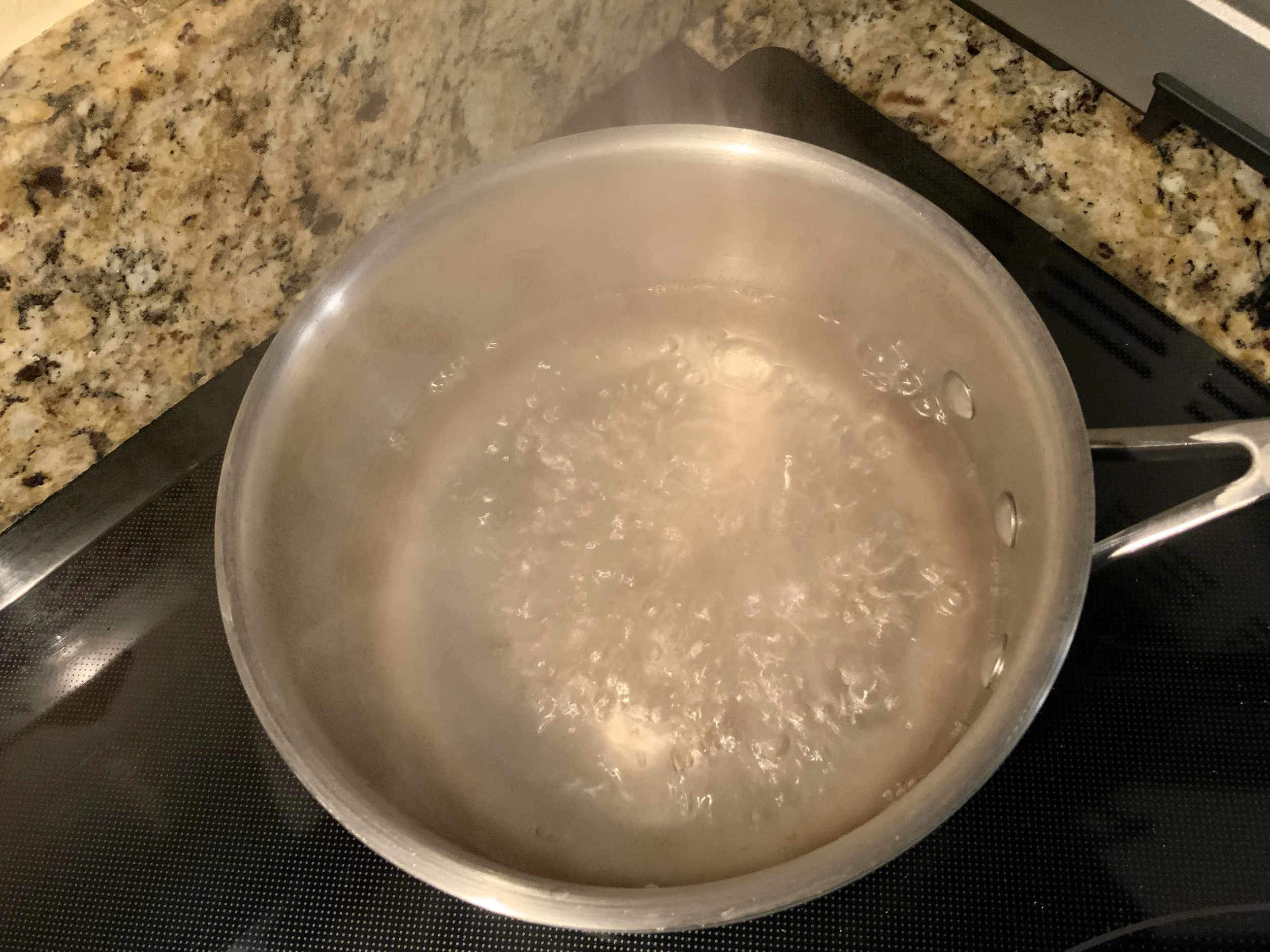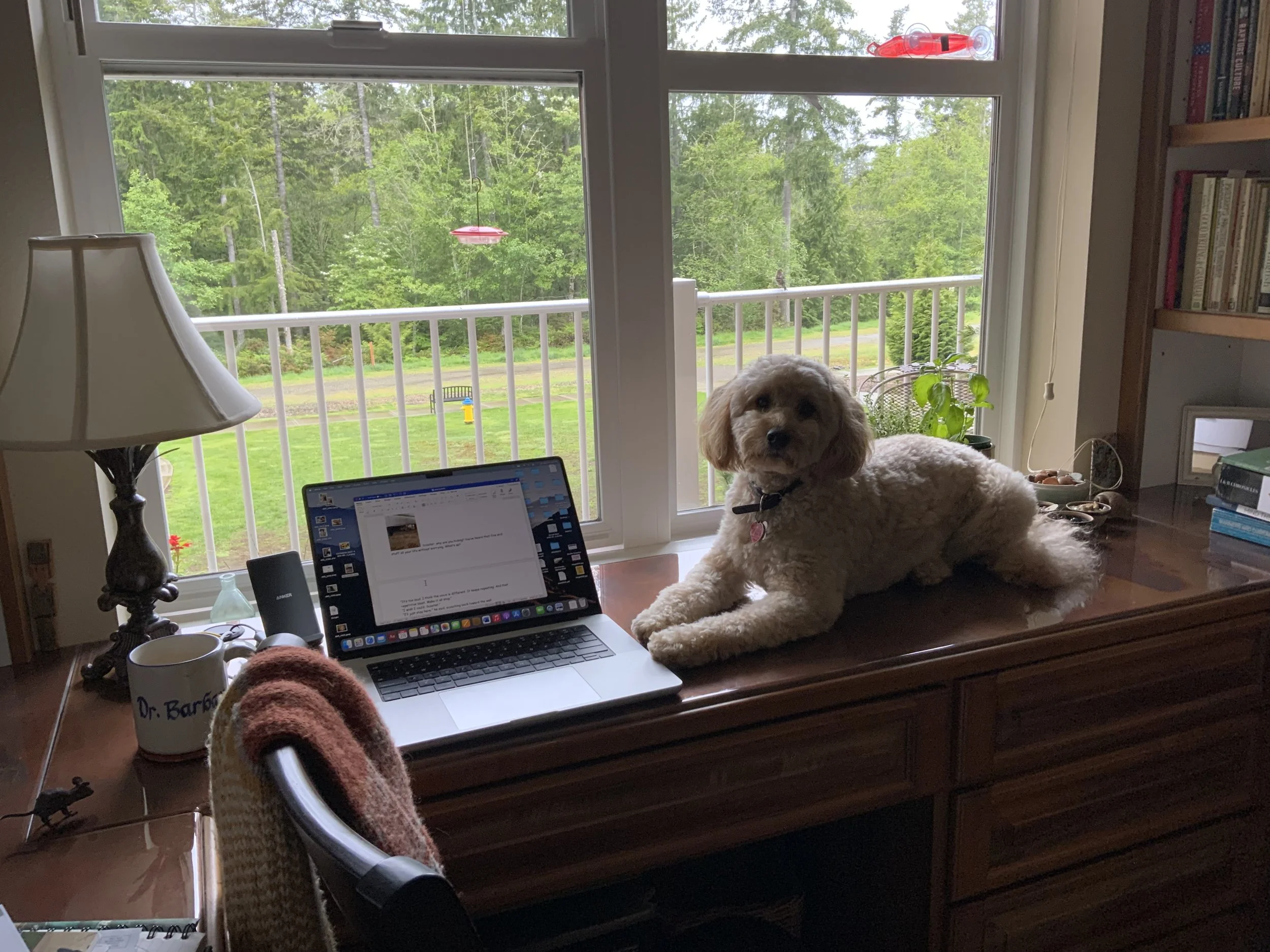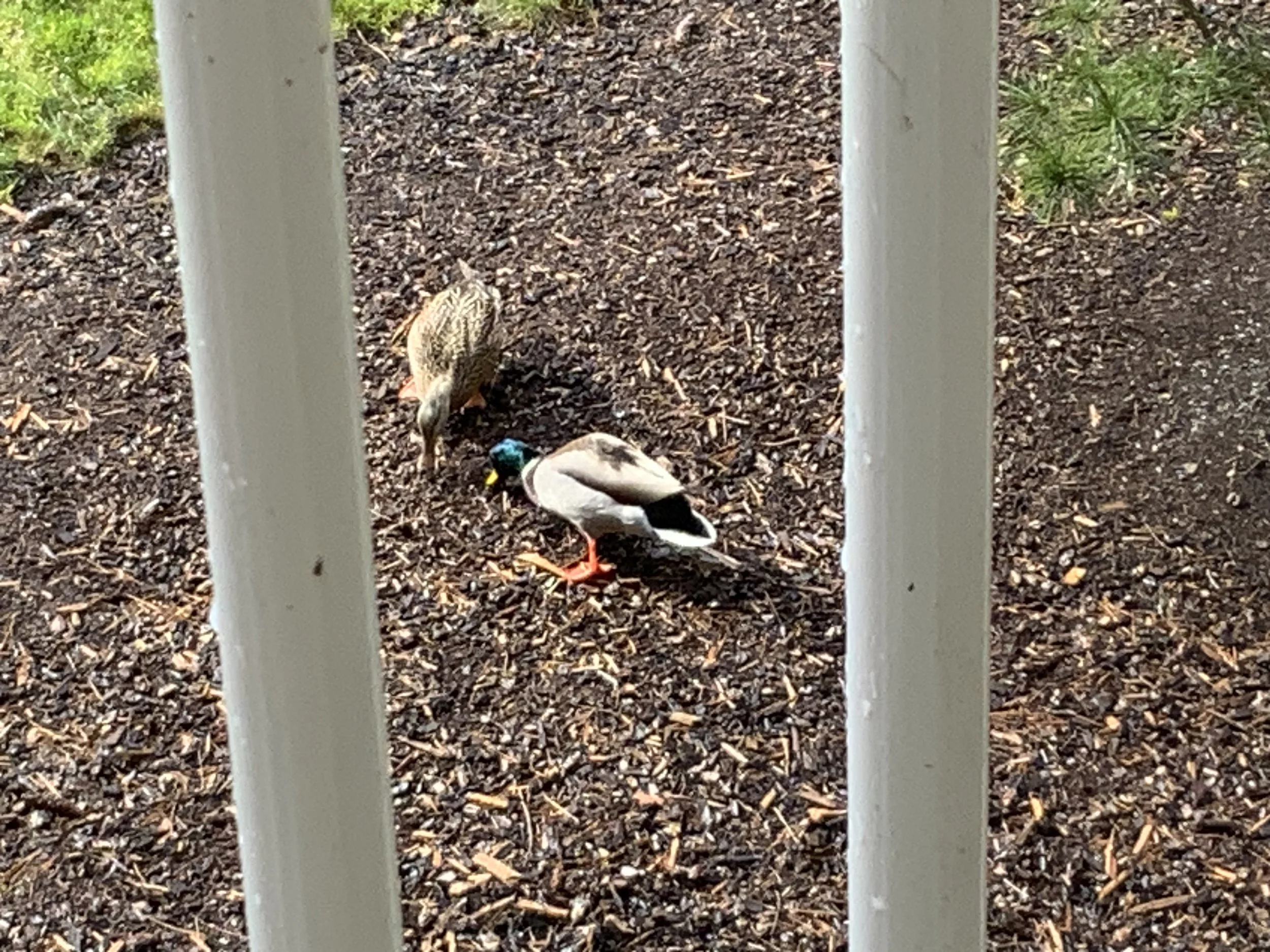#25 A WOMAN'S BRIEF -- BOILING WATER
“It’s an easy recipe,” I said.
“For you, maybe,” answered my visitor, “I can’t even boil water!”
Who hasn’t heard that old adage?
My immediate reaction was slightly snide. ”Right. You can’t. Only heat can boil water.” But then I got curious. I put water on the stove to boil. I tuned in some African music. I watched the pot, thinking, “A watched pot never boils.”
I thought of a chemist friend as I watched that adage destroyed. I took a picture of the bubbles.
Chemists have answers. They get the Periodic Table.
“What’s the chemical action when water boils?” I asked. I waited for some profound molecular explanation.
“There is no chemical change,” said he, my chemist friend.
“Oh? What then? I’m watching some sort of transformation.”
“The transformation is physical.”
Like I knew what that meant. I Googled the phrase “physical transformation” (should the verb ‘google’ be capitalized or should it be a verb at all?). Maybe you know, but I didn’t, that in a chemical reaction a change in the composition of a substance occurs. In a physical reaction, appearance or even smell might change but the composition does not.
I let this information roll through my mind: In a physical reaction, the particles, even the number of particles, remain unchanged. In a chemical reaction, something new occurs.
“In a chemical reaction, a molecule is changed into an entirely different molecule,” the chemist said.
My field of expertise, of credential, of interest, is theology, not science. It’s easy for me to challenge things when ignorance sidles up to my curiosity and encourages stupidity. So, I said,
“Ah-Ha! What about those little bubbles? What about the air I see in those boiling bubbles? THAT’S different. We’re talking about AIR; the presence of oxygen and nitrogen!”
Even I know that water is H20. While I’m trying to remember two atoms of hydrogen linked to one atom of oxygen, and “Ah-ha-ing” the absence of nitrogen in water but present in air which of course means Chemical change . . .
My friend said, “The two in your H20 needs to be dropped down. It’s H2O.” Then award-winning chemist said, “No air.”
“But there are bubbles!”
“Water.”
“But inside the bubbles . . .”
“Water.”
I was way out of my league, but with the combination of ignorance, curiosity, and an empiricist’s certitude I persisted. “Something not wet is inside those bubbles. Looks like air to me.”
He threw an adage my way. “Looks can be deceiving,” followed by, “You’re wrong. Look it up.”
So, I did.
I see,” I said. “The bonds between molecules of water break, and . . .”
The chemist interrupted. “Don’t say the bond breaks.”
He turned into the professor that he is. It was time for me to learn about boiling water.
I nodded my head seriously hoping to appear as though I understood; but, really, just listen to him.
“Don't use "bond" when referring to the attraction between water molecules. Bond refers to the chemical bonds. H-O for example, within the molecule. Similarly, C-H is the bond in a methane molecule. The attraction between water molecules, alas, is called "hydrogen bond" –not a hydrogen bomb—and even though the word bond is used, it is quite different from the bonds within the molecule.”
He wasn’t finished.
“The phrase "hydrogen bond" refers to a weak interaction between a H from one molecule and the O of another. It is about 5% as strong as the chemical bonds that hold a molecule together. Because it's weak, it's easy to break as water molecules move apart from one another and pass from the liquid state to the gaseous, you know, steam. No chemical reaction has occurred, even though the "hydrogen bond" is broken.
“Have I confused you? Good,” he said.
As a theologian, I have to say his mini-lecture was no example of the good monk Occam’s Razor, but it did unravel a mystery. The bubbles in boiling water are nothing more than water in two forms: liquid and gaseous. It’s pretty wonderful, don’t you think?
Water responds to heat. It changes—from a liquid to a gas but its composition remains unchanged. Those gas molecules float to the surface as bubbles and break into the air. Hot pops of not wet water. It’s physical, not chemical.
“So, the air in the bubbles . . .”
“No air,” he said. “Just water in a gaseous state.”
Who could have guessed so much is going on in a pot of watched water? Any preacher worth his or her collar could effortlessly shift this observation of mine to a simile – life is like a pot of water when heat is applied – or some such start.
I’ll leave that to you. I’m watching water boil and bubbles bursting. I’m thinking about things made up of atoms, particles, the movement of molecules, the breaking apart of things, forms transforming. Mystery, right there on the right rear burner of my stove. Chemistry cooking.






